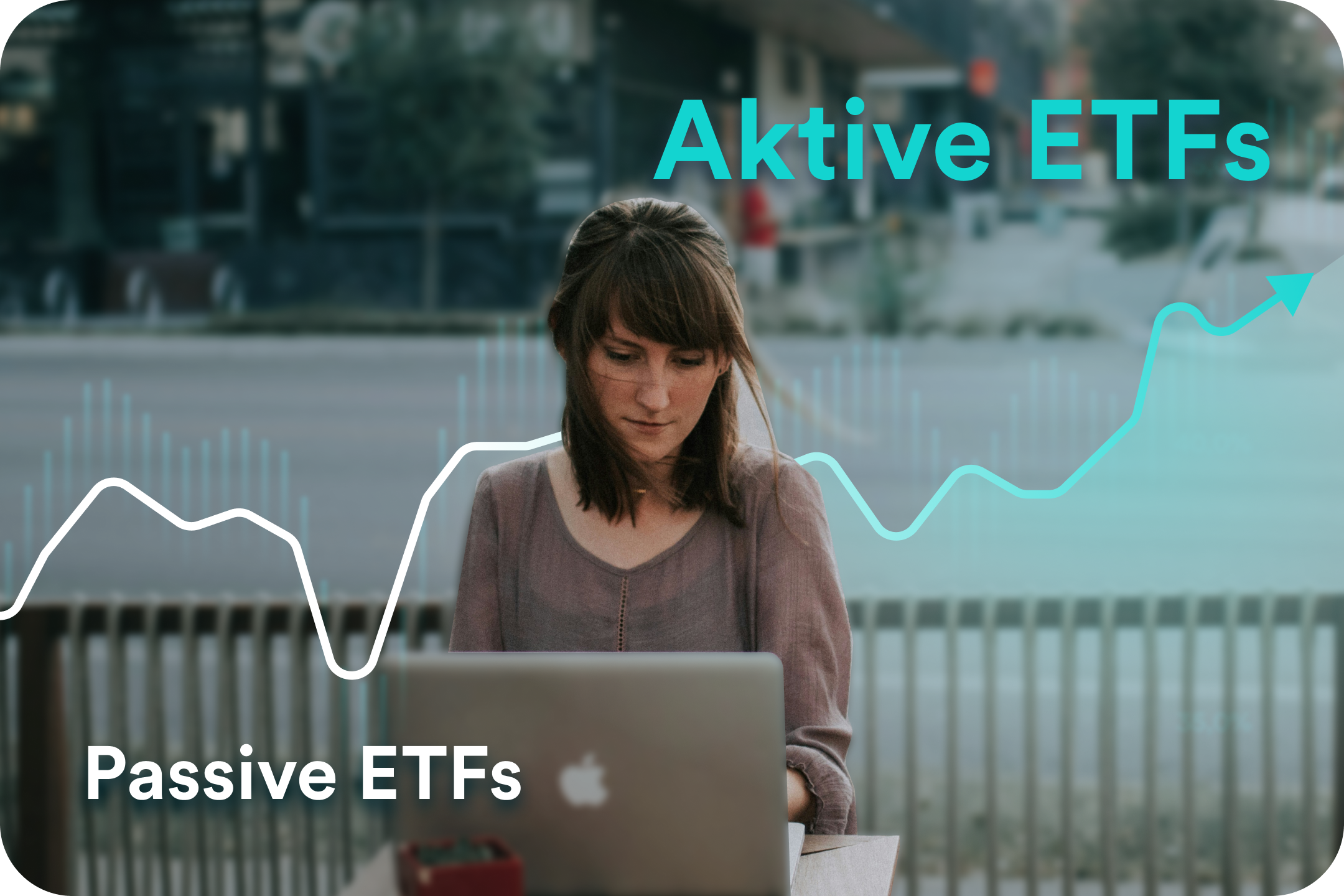Exchange Traded Funds (ETFs) are no longer a hidden gem. They have established themselves as cost-effective, transparent, and easily tradable investment instruments. However, while most ETFs are passively managed and track an index, active ETFs are gaining increasing importance. But what makes them so special?
Table of Contents
What are active ETFs?
Unlike passive ETFs, which follow an index like the S&P 500 or the MSCI World, active ETFs are managed by fund managers. These managers make deliberate investment decisions to achieve better performance than the market. They use various strategies such as stock-picking, market analysis, and macroeconomic assessments. Often, active ETFs only deviate selectively and in nuances from their benchmark to generate excess returns through targeted risk management.
Growth figures show the way
If we look at the global growth in active ETF volumes, it becomes clear that the industry has already experienced above-average growth in recent years. Morningstar forecasts that this growth will accelerate further over the next few years, reaching a total of $4 trillion in active ETF investments.
The topic is also gaining importance in Germany
More and more asset managers are launching active ETFs in Europe, allowing both institutional and private investors to benefit from this rapidly growing investment category. In Germany, UnitPlus has positioned itself as a pioneer by introducing the first active ETF portfolio in the country in November 2024, in cooperation with one of the leading providers of active ETFs, J.P. Morgan Asset Management.
This portfolio combines J.P. Morgan Asset Management’s expertise with a diversified portfolio structure that is continuously monitored through active risk management and strategically leverages global return opportunities.
Through this approach, an annualized return of 14.58% has been achieved over the past five years—a figure that represents nearly 10% higher total returns compared to the MSCI World over the same period (January 2020 to January 2025).
A more comprehensive analysis by AktienPlus can be found in our blog article: “Higher Returns, Lower Risk: How Germany’s First Active ETF Portfolio Outperforms the MSCI World”HERE.
Conclusion: Why active ETFs can be a smart choice
While passive ETFs are often valued for their long-term stability and low costs, active ETFs offer an attractive opportunity for investors who want to actively seize market opportunities. Through active management, they can respond more quickly to market changes, better navigate crises, and potentially achieve higher returns. Particularly in volatile times or inefficient markets, active ETFs demonstrate their strengths. Investors interested in professional market analysis and dynamic portfolio adjustments can pursue a superior investment strategy with active ETFs.
Risk Notice:
This article does not constitute investment advice. It does not recommend the purchase or sale of financial instruments. Any capital market investment involves risks that can lead to total loss. A historical performance record is not a reliable indicator of future performance. J.P. Morgan Asset Management does not guarantee the accuracy, completeness, or timeliness of this article.














